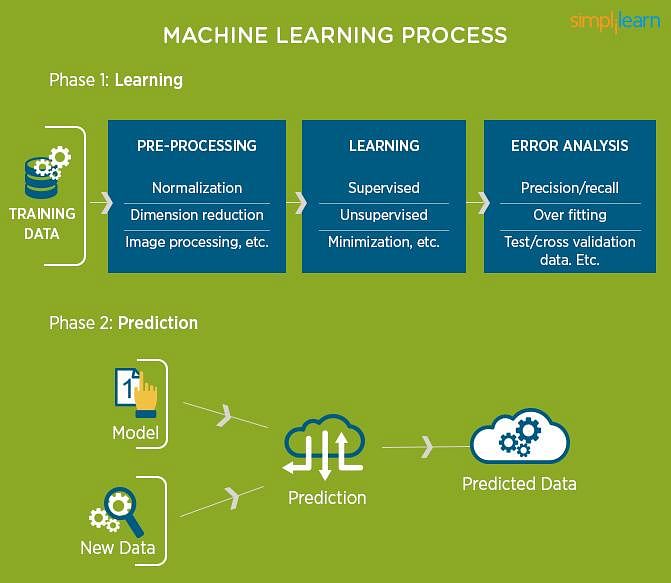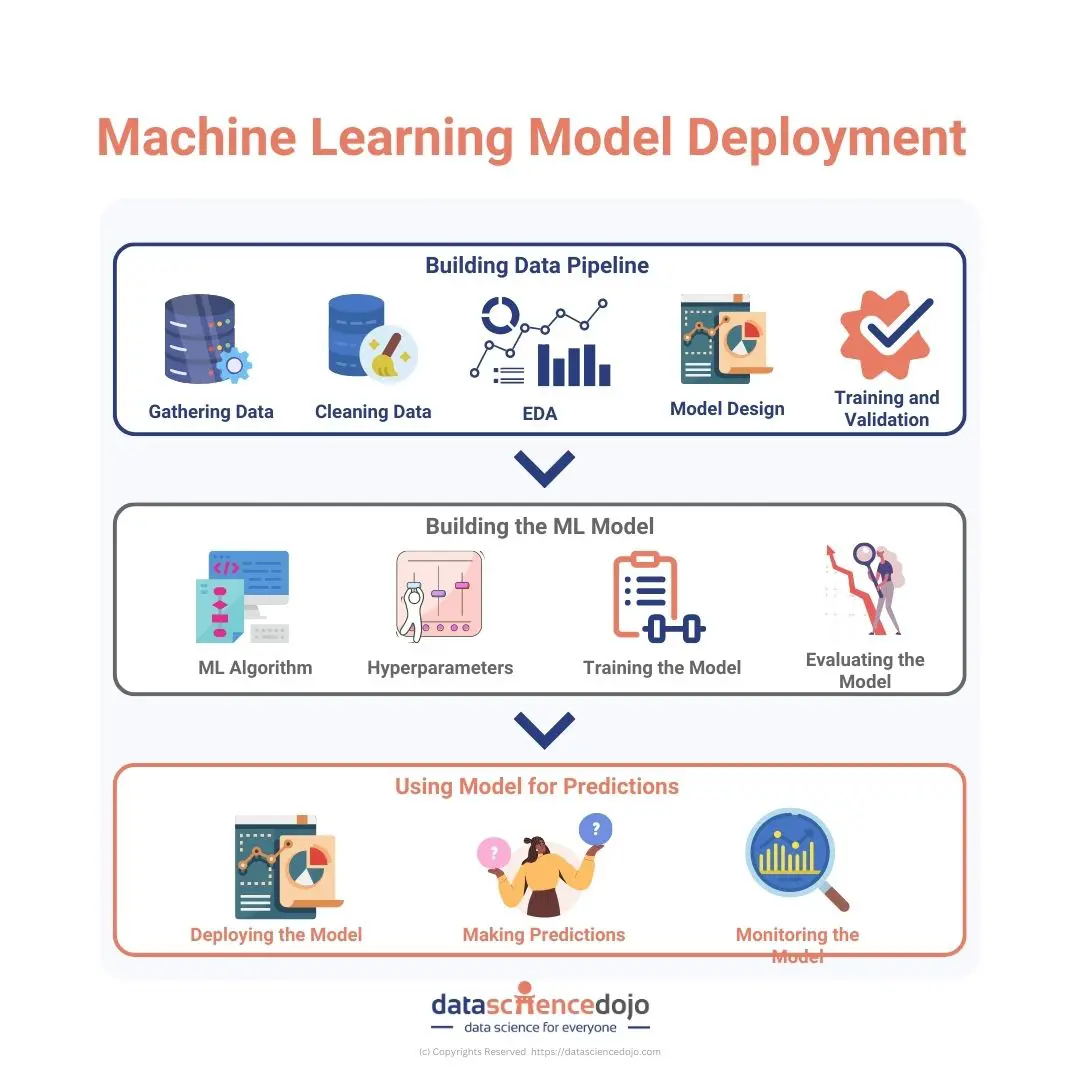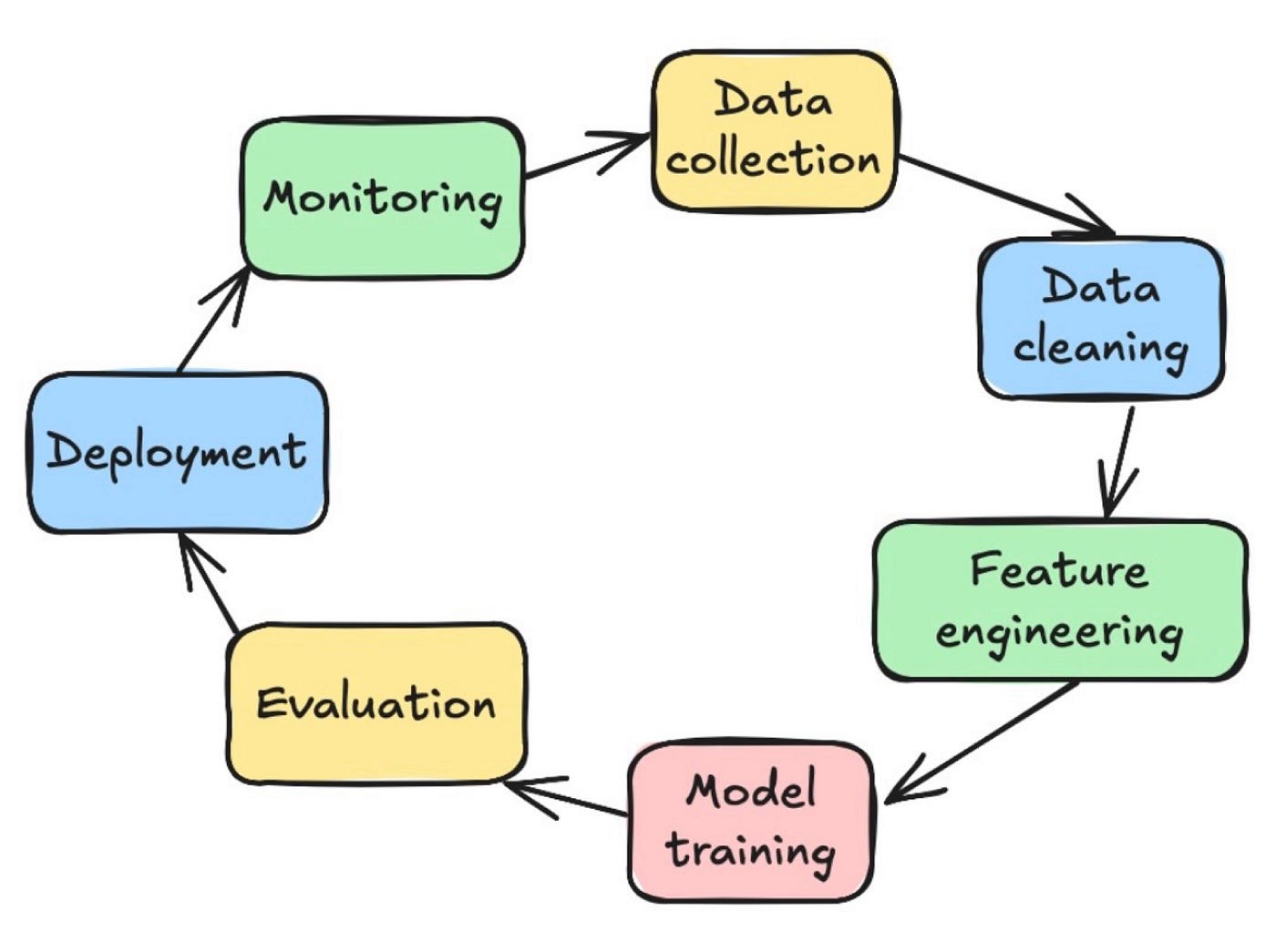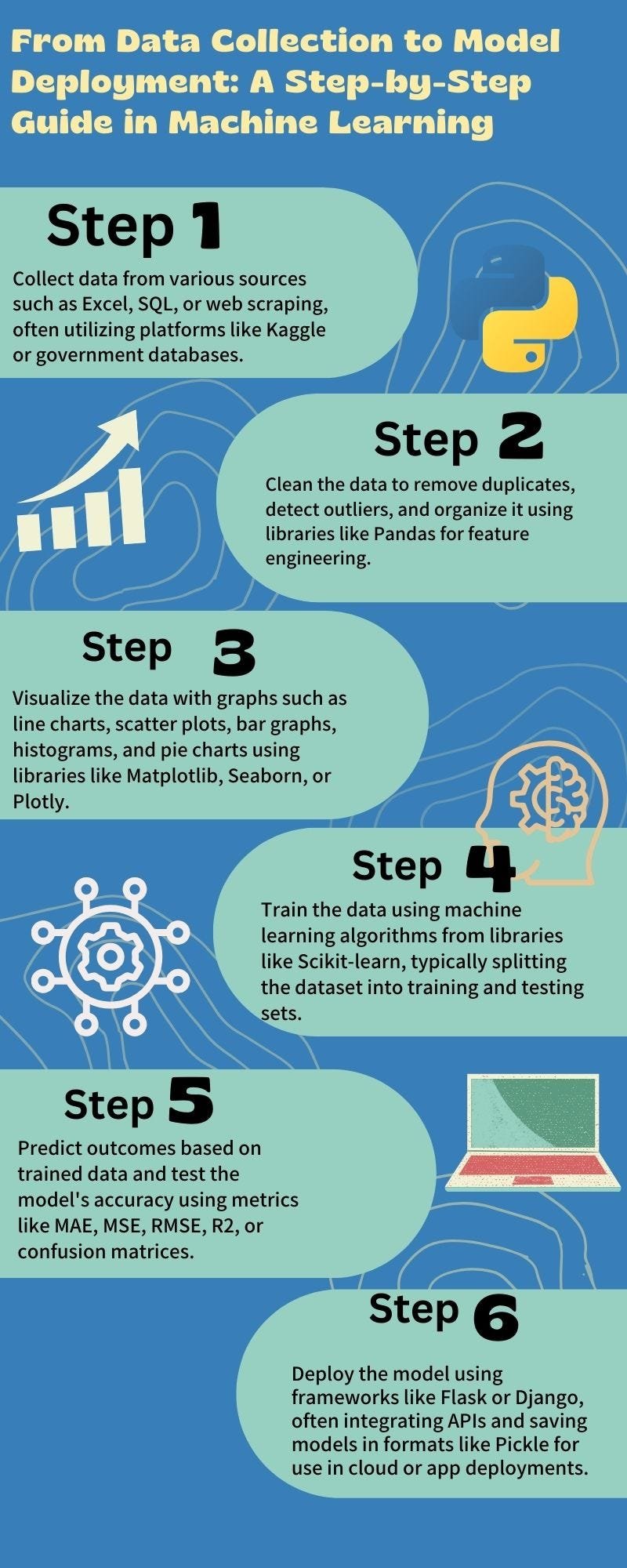
Understanding Machine Learning Models
In the journey of mastering how to train a machine learning model, it’s crucial to first grasp the concept of a machine learning model itself. At its core, a machine learning model is a mathematical representation of the relationships inherent within data. These models learn from historical data to make predictions or decisions without being explicitly programmed.
Examples of machine learning models include:
- Linear Regression: Used for predicting continuous values.
- Decision Trees: Effective for classification tasks and interpretability.
- Neural Networks: Powerhouses for complex tasks like image and speech recognition.
The choice of a model can significantly influence the results, making it essential for practitioners to understand the various types available. By appreciating the fundamentals, one is better positioned to make informed decisions throughout the training process. This foundation sets the stage for exploring the intricate steps involved in training machine learning models effectively.

What is a Machine Learning Model?
Before delving into the specifics of how to train a machine learning model, it’s important to clarify what a machine learning model actually is. Essentially, it’s a framework that allows computers to predict outcomes based on input data. The beauty of these models lies in their ability to learn patterns without explicit instructions.
For instance, consider a model designed to recommend movies. It analyzes user preferences, like:
- Genre
- Watch history
- User ratings
From this data, it can suggest films you might love, even if you’ve never watched them before!
By understanding the nature of machine learning models, one can better select and tailor them based on specific tasks, thereby enhancing the training process. This sets a strong foundation for the subsequent steps in model training, leading to improved performance and outcome relevance.
Understanding Machine Learning Models
What is a Machine Learning Model?
A machine learning model is a sophisticated algorithm designed to identify patterns and make decisions based on data. Think of it as a virtual brain that analyzes information, identifies trends, and predicts outcomes without being explicitly programmed for each scenario.
For example, when you use a virtual assistant, the underlying machine learning model processes your requests by learning from past interactions!
Types of Machine Learning Models
There are various types of machine learning models, each tailored for different tasks:
- Supervised Learning Models: These models learn from labeled data. Examples include:
- Linear Regression
- Support Vector Machines
- Unsupervised Learning Models: These uncover hidden patterns in unlabeled data, such as:
- K-Means Clustering
- Principal Component Analysis
- Reinforcement Learning Models: These learn through trial and error, akin to how pets learn tricks.
By understanding these types, one can select the most suitable model for specific applications, thereby enhancing the effectiveness of their machine learning endeavors.

Steps to Train a Machine Learning Model
Data Collection and Preprocessing
The first step in how to train a machine learning model is data collection and preprocessing. This is like gathering the ingredients for a recipe; you need quality data to achieve delicious results. Sources can include databases, web scraping, or public datasets.
Data Cleaning
Once the data is collected, data cleaning is essential. This step ensures your dataset is free of errors and inconsistencies. It may involve:
- Handling missing values
- Removing duplicates
- Correcting inaccuracies
Data Transformation
Next comes data transformation, where raw data is converted into a format suitable for analysis. This can involve normalizing values or encoding categorical variables.
Choosing a Model
The choice of model depends on the task at hand. A supervised method is ideal for labeled data, while unsupervised methods suit exploratory analysis. By thoughtfully selecting the right model, you’re setting yourself up for success in the journey ahead.
Each of these steps builds a solid foundation for effective training and evaluation, leading to a well-performing machine learning model.
Optimizing and Deploying the Model
After successfully training a model, the next challenge is to optimize and deploy it effectively. This stage is crucial to ensure that your hard work translates into real-world applications.
Hyperparameter Tuning
One of the first steps in this process is hyperparameter tuning. Just like fine-tuning an engine for peak performance, adjusting hyperparameters can dramatically enhance accuracy. Common methods include grid search and random search, where you explore combinations of settings to find what works best.
Model Deployment
Once optimized, the model needs to be deployed. This involves moving it to a production environment where it can start delivering predictions. Deployment strategies might include cloud services or on-premises solutions, depending on your needs.
Integration with Applications
Next, integrate your model with existing applications. For example, if you developed a recommendation engine, it would need to connect seamlessly with your e-commerce platform.
Monitoring and Maintenance
Lastly, continuous monitoring and maintenance are essential to ensure the model performs well over time. This could involve tracking performance metrics and updating the model with new data, just as a well-maintained vehicle needs periodic checks to ensure safety and efficiency. By following these steps, practitioners can keep their models relevant and effective in a fast-paced tech landscape.

Advanced Techniques and Considerations
As we delve deeper into the world of machine learning, it’s essential to explore advanced techniques and considerations that can elevate the performance of your models.
Transfer Learning
One such technique is transfer learning, which allows us to leverage pre-trained models on similar tasks. For example, if you want to classify images, using a model trained on a large image dataset can save time and increase accuracy. Think of it as learning from someone else’s experience to enhance your own!
Handling Imbalanced Data
Another critical challenge is handling imbalanced data. This occurs when one class significantly outnumbers another, potentially leading to biased predictions. Strategies to address this include:
- Resampling Techniques: Either oversampling the minority class or undersampling the majority class.
- Using Algorithms: Some models like Tree-based algorithms naturally handle such imbalances better.
Interpreting Model Outputs
Lastly, interpreting model outputs is vital. Understanding how your model makes decisions can help in gaining trust and ensuring accountability. Techniques such as SHAP (SHapley Additive exPlanations) can help shed light on how features contribute to predictions.
By applying these advanced techniques, practitioners can enhance model robustness and interpretability, ultimately leading to more informed decision-making in their applications.

